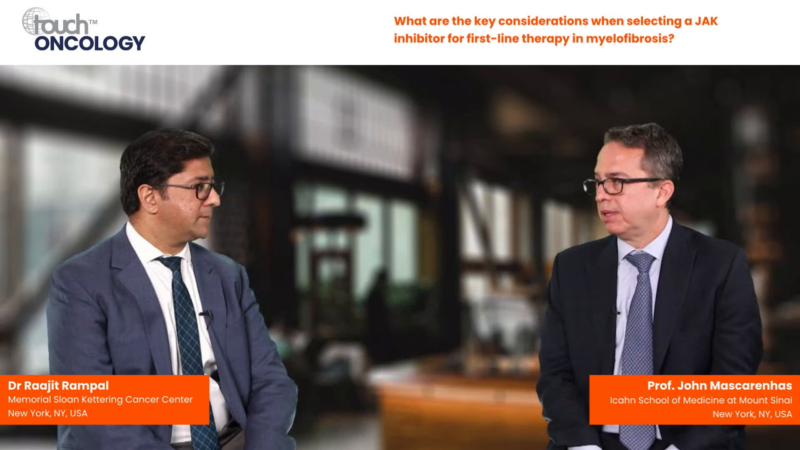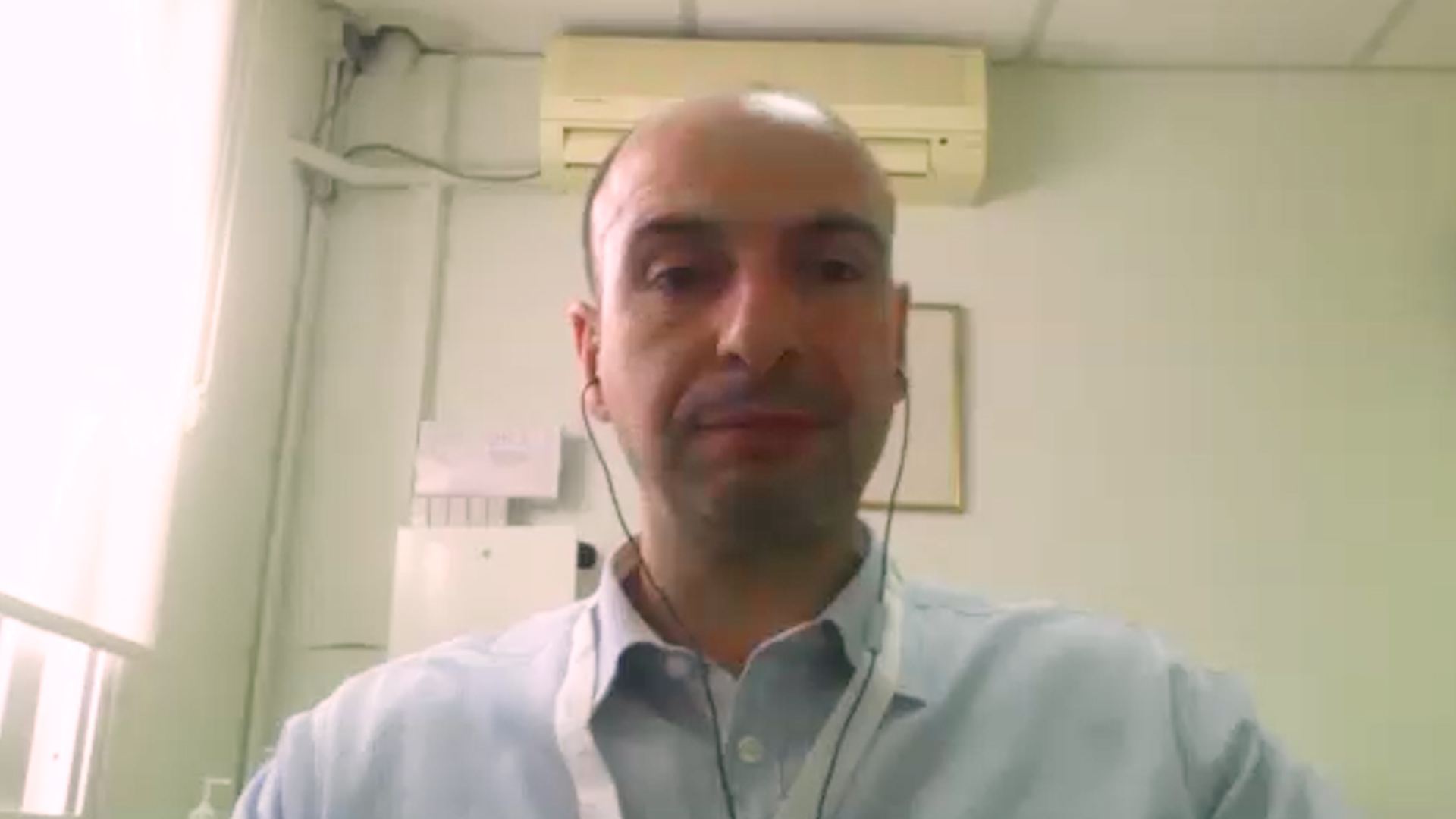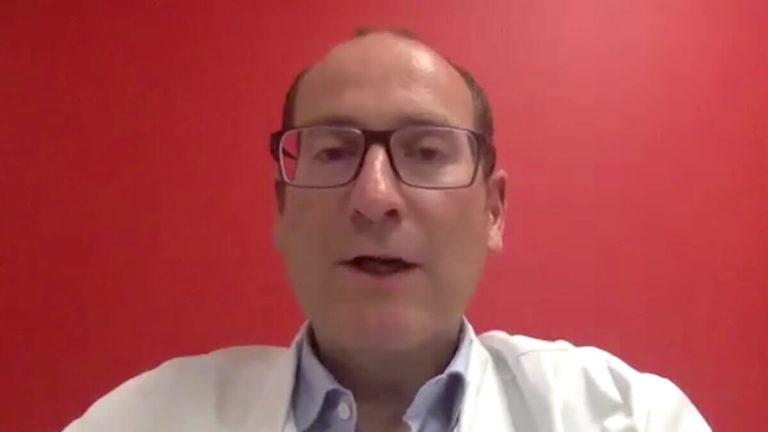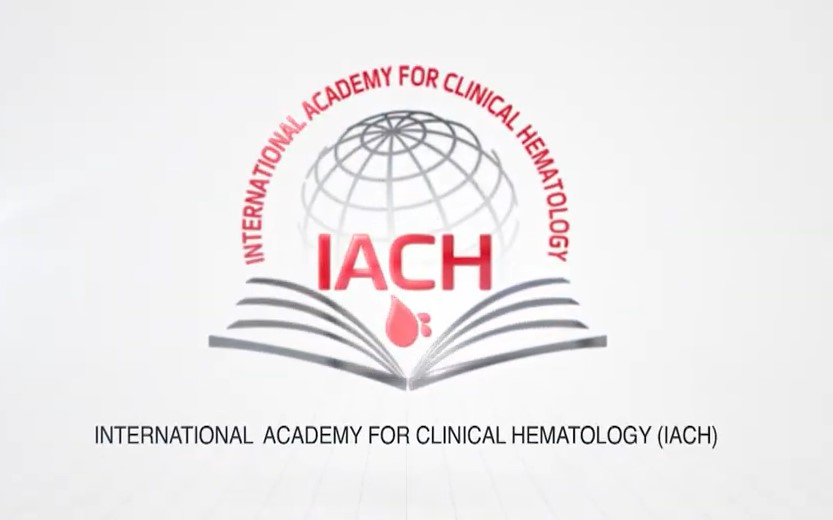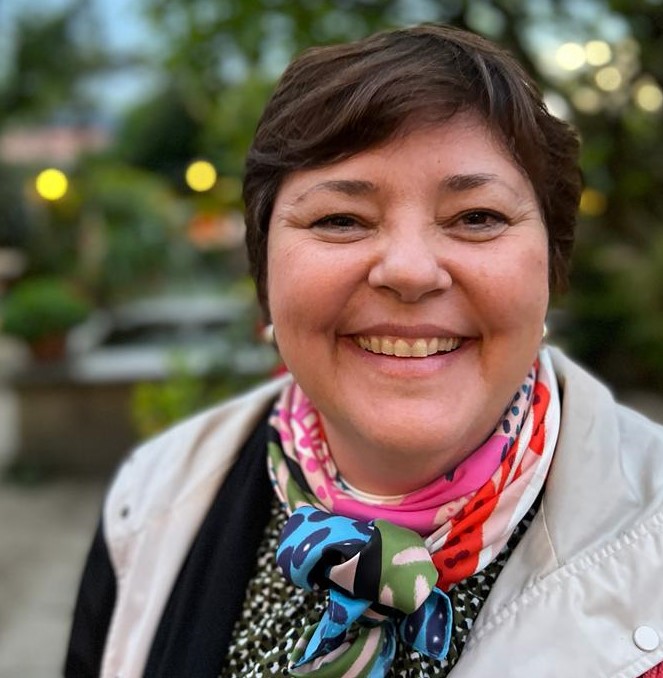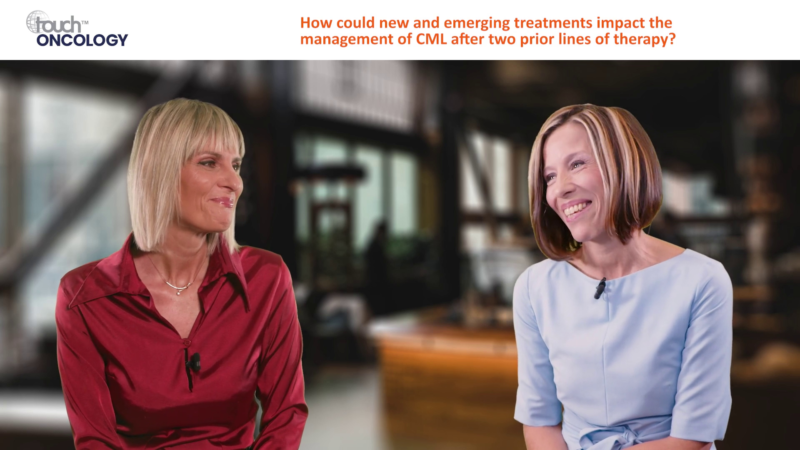touchSYMPOSIUM
 An enduring activity from a live meeting, experts discuss pertinent data which could improve patient care and outcomes.
Close
An enduring activity from a live meeting, experts discuss pertinent data which could improve patient care and outcomes.
Close
 An enduring activity from a live meeting, experts discuss pertinent data which could improve patient care and outcomes.
Close
An enduring activity from a live meeting, experts discuss pertinent data which could improve patient care and outcomes.
Close
Collaboration in chronic ITP: Improving quality of life and patient outcomes
Learning Objectives
After watching this activity, participants should be better able to:
- Explain the natural history of chronic ITP and its impact on patients
- Discuss current and future treatment strategies to improve the HRQoL of patients with chronic ITP
- Practice shared decision-making and collaboration to optimize outcomes for patients with chronic ITP
Overview
In this symposium preceding the 66th ASH Annual Meeting and Exposition, hear a patient’s view on the impact of living with immune thrombocytopenia (ITP) and its effect on health-related quality of life. Following this, the expert faculty – Prof. Cindy Neunert (Chair), Prof. David Kuter and Dr María Eva Mingot Castellano – provide practical insights on current and emerging treatments for chronic ITP and how these may be utilized to improve outcomes for patients, including case-based presentations to review management strategies for different patient profiles. Finally, a panel discussion with all three faculty focuses on shared decision-making and collaboration in the clinic, to give patients with chronic ITP the best possible outcomes.
This activity is jointly provided by USF Health and touchIME. read more
Target Audience
This activity has been designed to meet the educational needs of haematologists, including haemato-oncologists, nurses and nurse practitioners involved in the management of ITP.
Disclosures
USF Health adheres to the Standards for Integrity and Independence in Accredited Continuing Education. All individuals in a position to influence content have disclosed to USF Health any financial relationship with an ineligible organization. USF Health has reviewed and mitigated all relevant financial relationships related to the content of the activity. The relevant relationships are listed below. All individuals not listed have no relevant financial relationships.
Faculty
Prof. Cindy Neunert discloses: Advisory board or panel fees from Janssen; Argenx, Sanofi and Sobi (relationships terminated). Other financial or material support from Genzyme and Sanofi (relationships terminated).
Prof. David Kuter discloses: Consultant for Alexion, Alpine, Amgen, Apellis, Argenx, BioCryst, Bristol Myers Squibb, Caremark, Cellphire, Cellularity, Chugai, Hengrui, Hutchmed, Immunovant, Inmagenebio, Ligand, Merck Sharp Dohme, Novartis, Pfizer, Principia, Regeneron, Rigel, Sanofi, Seismic, Sobi, Takeda, UCB and Verve. Grants/research support from Biocrystal, Hutchmed, Novartis, Principia, Rigel and Sanofi.
Dr María Eva Mingot Castellano discloses: Advisory board or panel fees from Amgen, Grifols, Novartis, Novo Nordisk, Sanofi, Sobi and Takeda. Consultant for Amgen, Grifols, Novartis, Novo Nordisk, Sanofi, Sobi and Takeda. Grants/research support from Amgen, Grifols, Novartis, Novo Nordisk, Sanofi, Sobi and Takeda. Speaker’s bureau fees from Amgen, Grifols, Novartis, Novo Nordisk, Sanofi, Sobi and Takeda.
Content reviewer
Danielle Walker, DNP, APRN, AGNP-C, has no financial interests/relationships or affiliations in relation to this activity.
Touch Medical Contributors
Hannah Fisher and Katrina Lester have no financial interests/relationships or affiliations in relation to this activity.
USF Health Office of Continuing Professional Development and touchIME staff have no financial interests/relationships or affiliations in relation to this activity.
Requirements for Successful Completion
In order to receive credit for this activity, participants must review the content and complete the post-test and evaluation form. Statements of credit are awarded upon successful completion of the post-test and evaluation form.
If you have questions regarding credit please contact cpdsupport@usf.edu
Accreditations
Physicians
This activity has been planned and implemented in accordance with the accreditation requirements and policies of the Accreditation Council for Continuing Medical Education (ACCME) through a joint providership of USF Health and touchIME. USF Health is accredited by the ACCME to provide continuing medical education for physicians.
USF Health designates this enduring material for a maximum of 1.5 AMA PRA Category 1 CreditTM. Physicians should claim only the credit commensurate with the extent of their participation in the activity.
The European Union of Medical Specialists (UEMS) – European Accreditation Council for Continuing Medical Education (EACCME) has an agreement of mutual recognition of continuing medical education (CME) credit with the American Medical Association (AMA). European physicians interested in converting AMA PRA Category 1 CreditTM into European CME credit (ECMEC) should contact the UEMS (www.uems.eu).
Advanced Practice Providers
Physician Assistants may claim a maximum of 1.5 Category 1 credits for completing this activity. NCCPA accepts AMA PRA Category 1 CreditTM from organizations accredited by ACCME or a recognized state medical society.
The AANPCP accepts certificates of participation for educational activities approved for AMA PRA Category 1 CreditTM by ACCME-accredited providers. APRNs who participate will receive a certificate of completion commensurate with the extent of their participation.
Nurses
USF Health is accredited as a provider of nursing continuing professional development by the American Nurses Credentialing Center’s Commission on Accreditation.
A maximum of 1.5 contact hours may be earned by learners who successfully complete this continuing professional development activity. USF Health, the accredited provider, acknowledges touchIME as the joint provider in the planning and execution of this CNE activity.
This activity is awarded 1.5 ANCC pharmacotherapeutic contact hour.
Date of original release: 21 January 2025. Date credits expire: 21 January 2028.
If you have any questions regarding credit, please contact cpdsupport@usf.edu
To obtain the CE/CME credit(s) from this activity, please complete this post-activity test.
Claim CreditYou may also be interested in...

REGISTER NOW FOR FREE ACCESS TO
- 1000+ topical and insightful peer-reviewed journal articles
- 100+ hours of bite-sized congress highlights
- 8 major therapy areas packed with the latest scientific advances
- 150+ specialties offering learn-on-the-go medical education
- + Concise email updates and newsletters so you never miss out

Log into your Touch Account
Earn and track your CME credits on the go, save articles for later, and follow the latest congress coverage.
Sign up with an Email
Or use a .
This Functionality is for
Members Only
Explore the latest in medical education and stay current in your field. Create a free account to track your learning.








